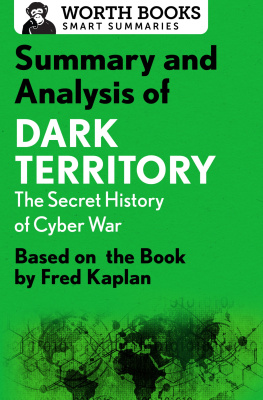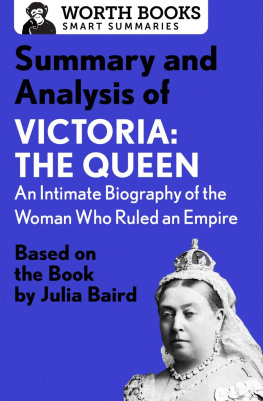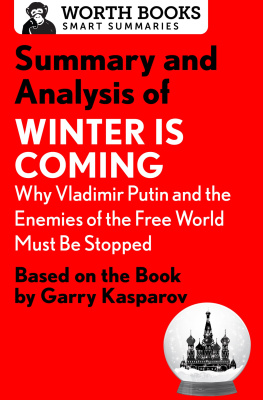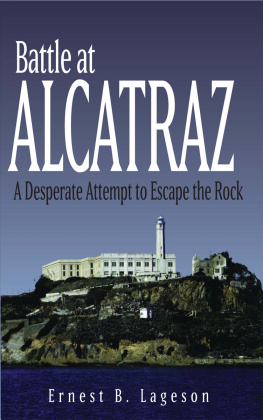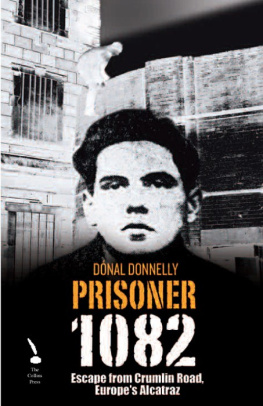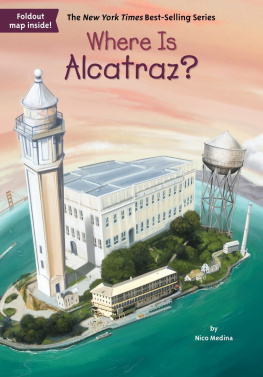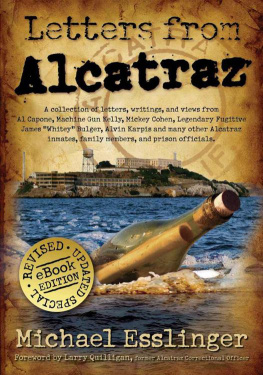Summary and Analysis of
Escape from Alcatraz
The True Crime Classic
Based on the Book by J. Campbell Bruce

Contents
Context
The Alcatraz Federal Penitentiary was still in operation when San Franciscobased journalist J. Campbell Bruce wrote Escape from Alcatraz , a chronicle of escape attempts over the lifetime of the prison that focuses especially on one notorious episode in June of 1962. The possibly successful escape of inmates Frank Morris and Clarence and John Anglin, so vividly recreated by the author, was a sensational story in the media and cast serious doubts on the effectiveness of Alcatrazs security. By the time the book was published in 1963, the infamous maximum-security federal prison was no longer in operation, closing just two months before the book hit shelves.
Escape from Alcatraz is an intriguing account of the inescapable prison, examining everything from its history as a military fortress to its punishing and inhumane conditions. It is perhaps the definitive critique of Alcatrazs cruel, outmoded, and ineffective practices and inadequate security.
The story of Frank Morriss escape was famously made into the 1979 film Escape from Alcatraz , starring Clint Eastwood.
Overview
Escape from Alcatraz is more than a series of fascinating vignettes about men who dared try to escape the countrys most notorious prison, which was widely touted as an impenetrable fortress. It is also a significant indictment of a penal system in which incarceration is purely punitive, rather than rehabilitative. The concept behind the methods at Alcatraz was that the super-maximum-security prison was a place for incorrigible criminals who did not belong in the outside worldand never wouldand so were unworthy of any effort to guide them on a path to redemption.
Journalist J. Campbell Bruce paints a picture of a place where men wererobbed of their dignity. Many were stripped naked upon intake, not allowed to speak,and thrown into solitary confinement. At every turn, the inmates were punished forsmall infractions and deprived of basic quality-of-life amenitiessometimes theywere even refused medical care.
As Bruce tells it, court petitions from Alcatraz prisoners often never left The Rock. The men were isolated from the outside world, without access to newspapers or radios. In the early days, they were even forbidden to speak to one another. And they lived under the constant threat of severe punishments, particularly the Dark Hole, a dungeon with pitch-black cells where inmates languished alone for weeks, months, or even years with little reprieve.
Under such conditions, men resorted to violence, self-harm, and even suicide. Some had psychological breakdowns (even, it would seem, hardened gangster Al Scarface Capone). But some became driven to risk escape against all odds, despite the iron bars, guards stationed in gun towers, and the frigid, choppy water that surrounded the island.
The escape attempts recounted in Escape from Alcatraz are not all tales of daring and ingenuity. Many are poignant stories of desperate men trying to escape horribly inhumane living conditions. And because of the monotony of days with no mental stimulation, those men were able to devote hours to whittling at bars or chipping at concrete with makeshift tools. Perhaps more significantly, they were able to observe the predictable minutiae of the security system and detect the weaknesses in Alcatrazs armor.
In Escape from Alcatraz , Bruce gives readers a glimpse into an insular society under singular conditions, where men deprived of their humanity grew willing to reclaim it at any costincluding their own lives.
Summary
Chapter 1
On a stormy day in January 1960, Frank Lee Morris was brought in shackles to the supermax prison on Alcatraz Island. Almost immediately, he began casing the place, noticing guards positions and searching for security weaknesses in the famously escape-proof labyrinthine facility.
Need to Know: The handsome, well-mannered, and deeply intelligent Morris was keenly observant and coolly composed.
Chapter 2
The origins of Alcatraz Island are shrouded in mistliterally. The San Francisco Bays famous fog obscured the Golden Gate from seafaring explorers view for two centuries. In 1769, Don Gaspar de Portol discovered the rocky mass that would become known as Alcatraz on an overland mission, during which he spied the island from a high peak. In 1775, Spanish scout Don Juan Manuel de Ayala led the first boat through the Golden Gate, naming the barren rock La Isla de los Alcatraces after the pelicans he saw there. He also named the neighboring island La Isla de Nuestra Seora de los Angeles , now known simply as Angel Island.
Before anyone set foot on Alcatraz, the island changed hands from Spain to Mexico to the United States. With the Gold Rush came plans for a lighthouse and fortress to be used as a lookout and point from which to potentially engage any ships coming though the Golden Gate. Fort Alcatraz and Alcatraz Light were both completed in 1859. No enemy ships ever posed a threat, however, and the fort was obsolete in less than ten years.
Alcatraz housed a few Civil War prisoners, eventually leading to a new building, and in 1868, the upgraded fortress became a full-fledged incarceration facility for long-term military prisoners. In 1907, the penitentiary was converted into the Pacific Branch, United States Disciplinary Barracksa place where men could earn reinstatement to military service if they proved their worth. Of those eligible men, 89 percent of prisoners returned to active service.
Need to Know: Barren, obscured by fog, and bordered by rocks, Alcatraz Island is an isolated, inaccessible location. With no running water of its own, it appears to have been largely unused by the native populations and the Spaniards. Geographically, it seemed almost destined to become the site of a prison.
Chapter 3
In 1933, Alcatraz was renovated to become a superbastille, designed to confine the violent gangsters of the Prohibition era. The idea was to separate the most notorious criminals from minor offenders who might be able to reassimilate as productive members of society one day.
The Justice Department assumed control of the facility in 1933, and Head Warden James A. Johnston was the architect of this transition. A veteran administrator of Folsom and San Quentin Prisons, he envisioned Alcatraz as an innovative and progressive approach to the penal system. He installed automatic locking devices, gunwalks, tear-gas outlets, and steel doors and enclosed the prison with a barbed-wire fence and guard-manned gun towers.
Strict disciplinary policies were also put in place, such as a rule of silenceabsolutely no talking among inmates. Violators would land in the Dark Hole: a dungeon with dank, pitch-black cells where prisoners were chained up to keep them from digging out. The men were allowed out after nineteen days for a shower and a break, but often went right back into solitary. The thinking at the time was that the types of prisoners in Alcatraz were incapable of being rehabilitated, so they must simply be subjugated. This harsh reality was made clear to new arrivals right away: As part of the intake process, in order to remove any traces of dignity, prisoners were stripped naked before being led through the prison to their cells while other inmates watched.
Need to Know: The transition of Alcatraz from a military jail to a maximum-security prison came with a paradigm shift. The attitude that inmates might actually be reformed by their time in lockup was replaced by a concerted campaign to simply force them into obedience.





